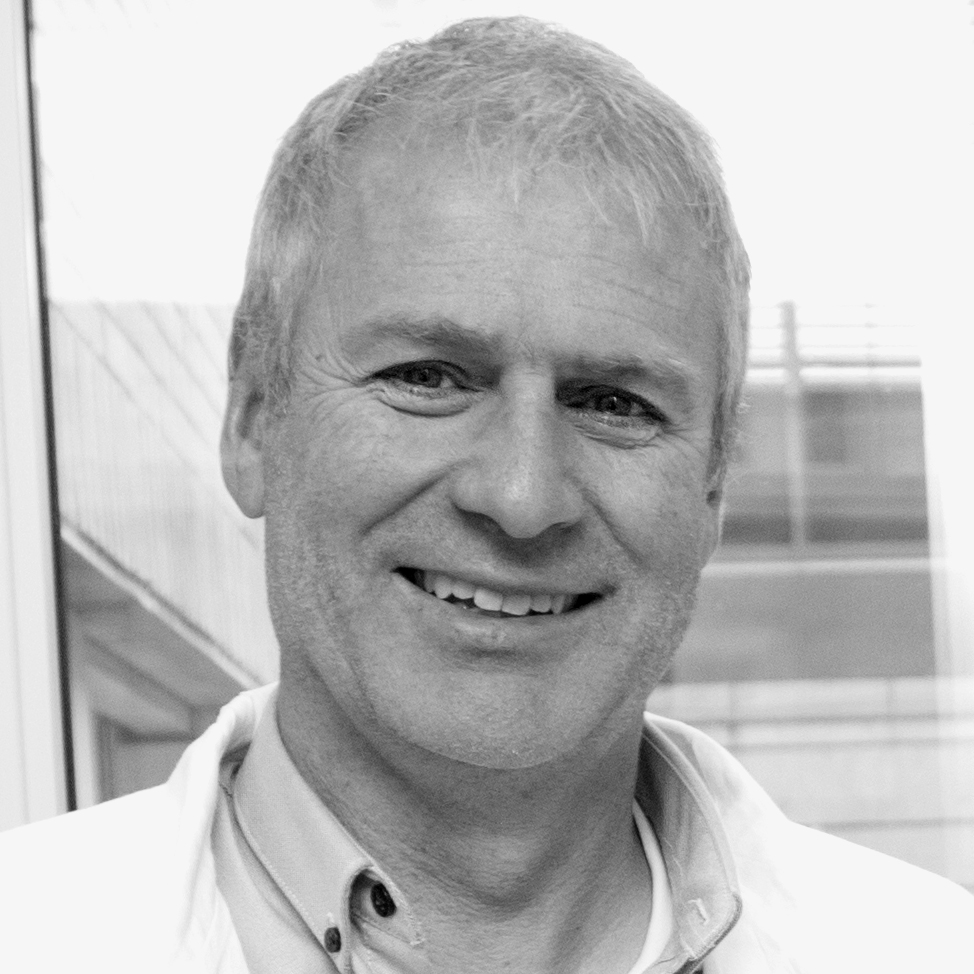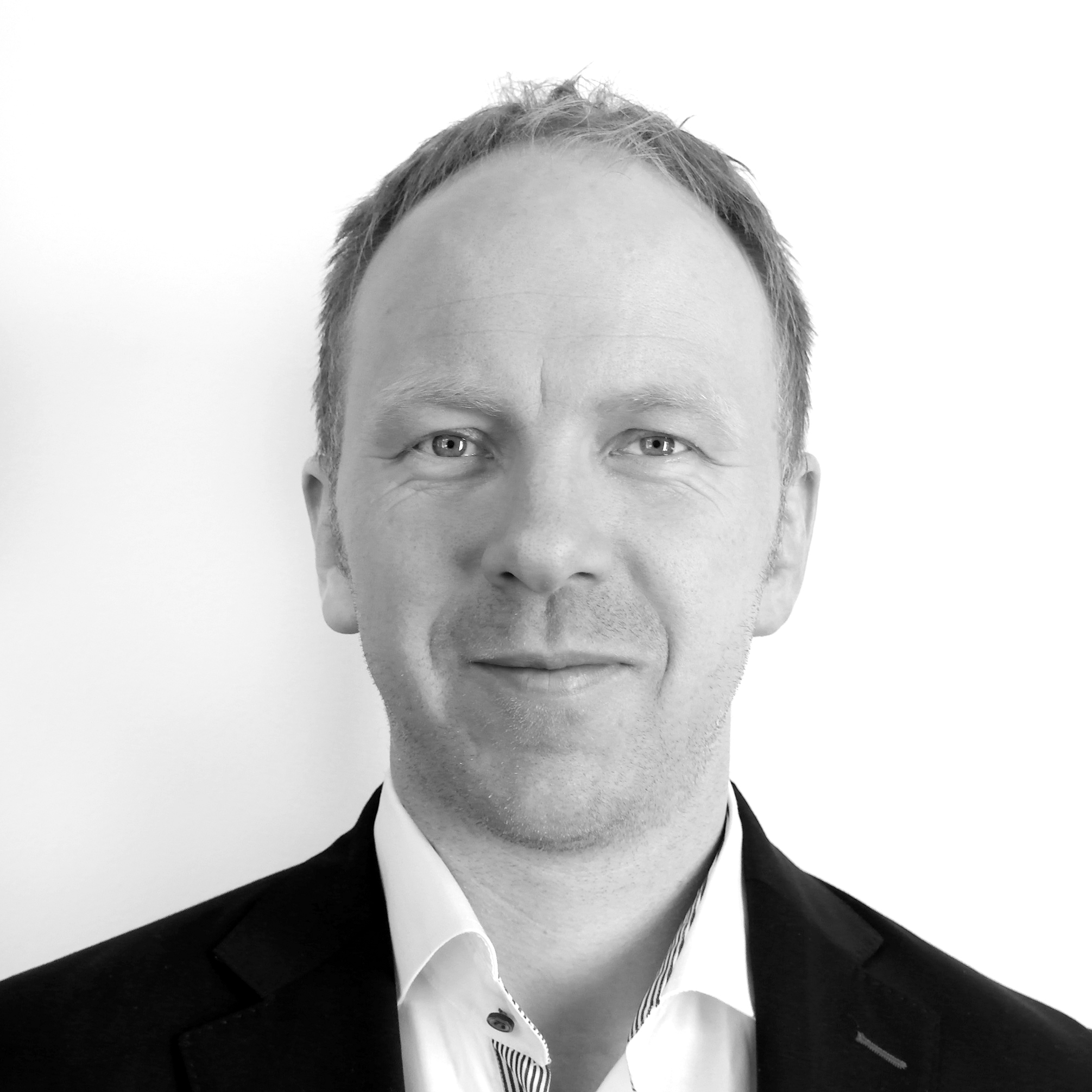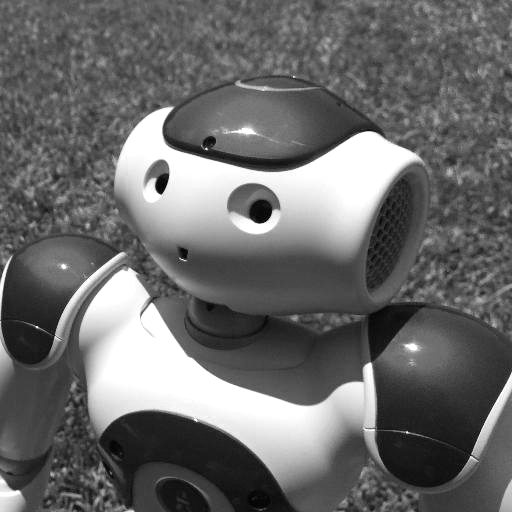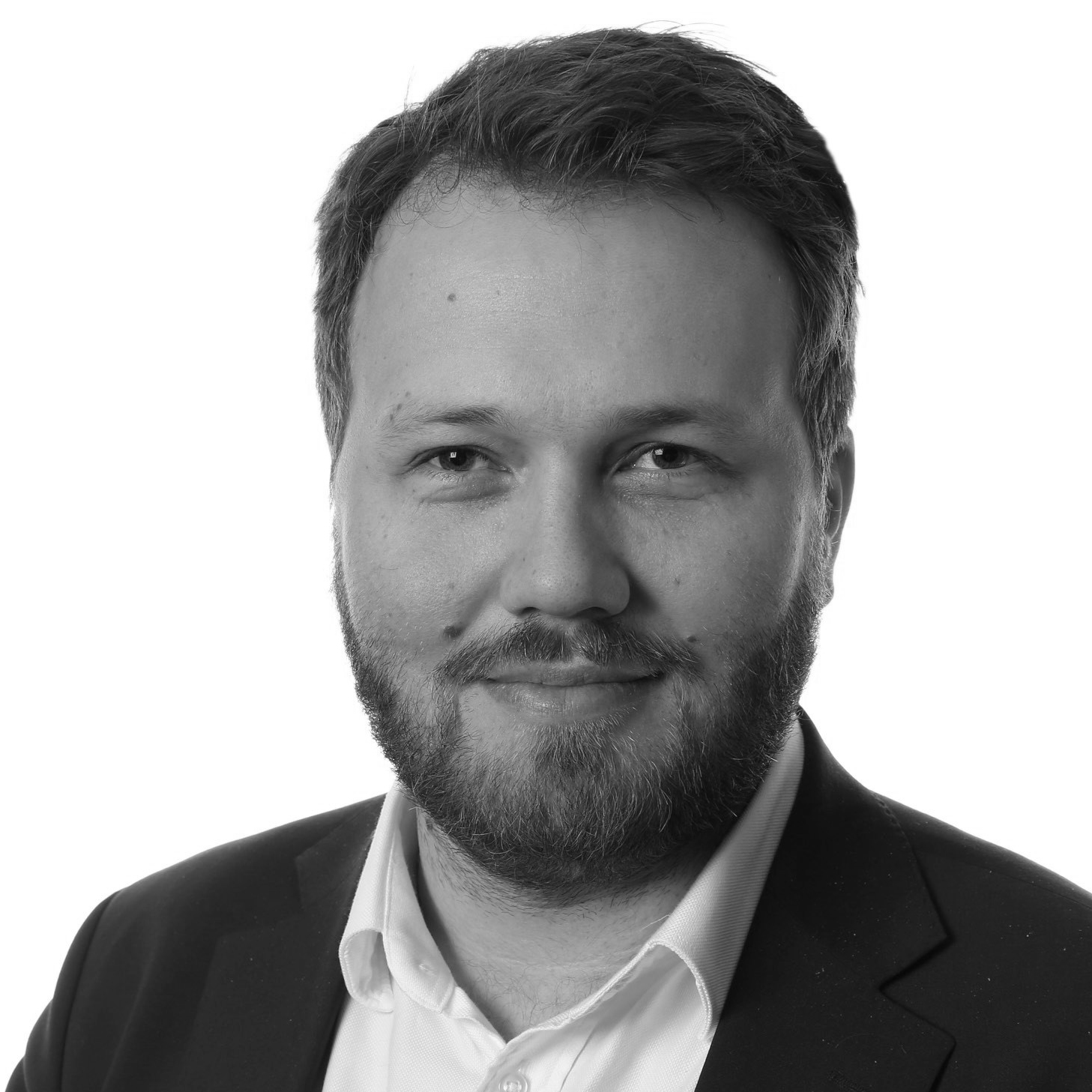

New technology will change the playing rules in healthcare. In this session we present some technology which will influence the daily workflow in hospitals.
Moderator: Merete Lyngstad, Norwegian Nurses Organisation
By Ole Jacob Elle (Head of Technology research, The Intervention Centre, Oslo University Hospital HF) and Jørn Skaaraas (Sopra Steria)
Technologies like Microsoft HoloLens might have the potential to significantly change how we interact with technology. The digital world blends with the real world in this ground breaking new way of visualizing data. The technology allows virtual elements to be anchored to the real space, making it possible to treat them as “real” for the user that can see them. One area that carries significant benefits of this new technology is healthcare and patient care. The Intervention Center at Oslo University Hospital HF have through years of research developed a planning tool for laparoscopic liver surgery. These 3D-models can be visualized on screens as 3D or 2D objects. Sopra Steria, Microsoft and The Intervention Centre have through close cooperation applied these models as holograms using the Microsoft HoloLens. Making it possible to bring them out of the limitations of screens. Visualizing scans of organs as holograms, and be able to interact on these holograms can be valuable in the planning phases of surgery as well as in education and presenting information. The possibilities are endless. This talk will discuss how this technology can revolutionize information access through visualization, how we have applied it at Oslo University Hospital, further possibilities and a demonstration.
2. Transforming Clinical Decision Support for Tomorrow’s Healthcare
By Ad-Jan Bos, Powered by Wolters Kluwer
Hospitals that put CDS (clinical decision support) within the workflow will influence clinical decision making. Join us to look at the research around how CDS affects care today and about how future CDS models can deliver clinical effectiveness thereby improving patient safety, hospital quality, reducing costs, and enhancing the patient experience.
3. Robotics in Healthcare – both a Vision for the Future and Real Help Today
By NAO and Runar Gunnerud, Accenture Consulting
Robots have long been a vision of our future, but they also surrounds us every day today. I this talk Runar Gunnerud will introduce you to NAO, a 58 cm tall humanoid robot. NAO is designed to be a true daily companion – a little creature who helps you be your best. NAO can interact with software robots, and together they become a significant help for people with disabilities or who simply need assistance in finding their way around today’s information and web-based environment.
Software robots act as a virtual workforce, replicating user activity for process execution across multiple applications and systems. The technology is secure, resilient and flexible and is supported by a comprehensive methodology. With software robots, a whole new operational and highly scalable work capability is created. This talk will show you how robotic process automation (RPA) software can help you quickly reduce costs and improve performance of tasks that are currently being done by humans.
 Ole Jacob Elle
Ole Jacob Elle
 Jørn Skaaraas
Jørn Skaaraas
 Ad-Jan Bos
Ad-Jan Bos
 NAO
NAO
 Runar Gunnerud
Runar Gunnerud